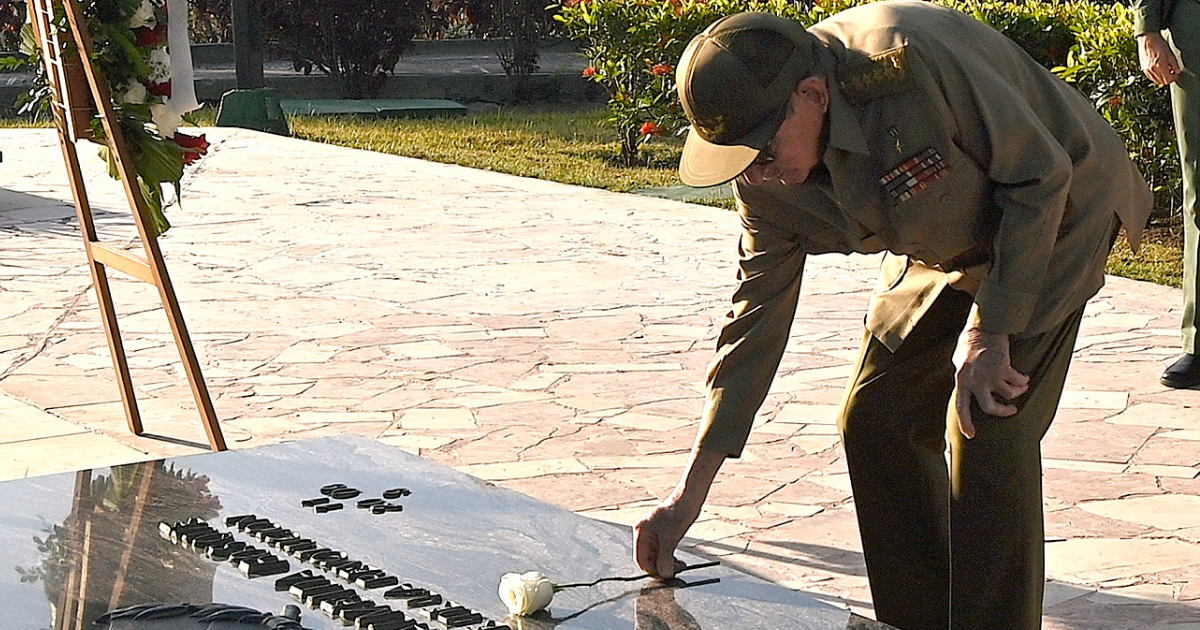
The Army General Raul Castro, reappeared at a public event this Wednesday, at the official burial ceremony of a group of combatants from the Third Eastern Front.
The regime proceeded to transport the funeral remains of 19 guerrillas who fell in the fight against Fulgencio Batista or who died after the coming to power of Fidel Castro.
The ashes of the fallen were placed in the mausoleum that houses the remains of Commander Juan Almeida, in the Third Front, in Santiago de Cuba.
The ceremony was presided over by Raúl Castro, the ruler Miguel Diaz-Canel, the Secretary of the Communist Party in Santiago de Cuba and historical leaders of the regime.
"Together with the Army General I had the honor of participating in the ceremony of transfer and burial of the combatants of the Third Front, who fell in the war or died after the victory. The 19 guerrillas return with their leader, the Commander of the Revolution Juan Almeida," Díaz-Canel said on the social network
The Third Eastern Front Santiago de Cuba was created by the Rebel Army to fight against the dictatorship of Fulgencio Batista, between 1956 and 1958. Now the Cuban government calls that stage "War of National Liberation."
This region was chosen by Almeida in March 1958 to establish his base of military operations in the mountainous area. It has six thousand square kilometers, and extends from the vicinity of Bayamo to Santiago de Cuba.
The area includes the territories of Baire, Jiguani, Contramaestre, Guisa, Santa Rita, Maffo, Palm Soriano, Avocado, Ramon de Guaninao, Central America, Two Palms, El Cobre, Melgarejo, El Cristo, El Caney, the south of St. Louis, Cat Hill and Chivirico.
Since January, the Cuban Government had not shown so many people together historical figures participating in an official ceremony.
On the Night of the Torches, the eve of the Anniversary of José Martí's 171st birth, Cuban television cameras showed together Raúl Castro Ruz (92), José Ramón Machado Ventura (93), Ramiro Valdés Menéndez (91 years old), and Guillermo García Frías (95).
The unique scene was loaded with symbolism for Cubans. Many interpreted it as the decline of a failed regime, led by nonagenarian figures.
What do you think?
COMMENTFiled in: